Discover 8 hidden attractions, cool sights, and unusual things to do in Jeju City (South Korea). Don't miss out on these must-see attractions: Nexon Computer Museum, Jeju National Museum, and Port of Jeju. Also, be sure to include Jeju National University in your itinerary.
Below, you can find the list of the most amazing places you should visit in Jeju City (Jeju).
Table of Contents
Nexon Computer Museum
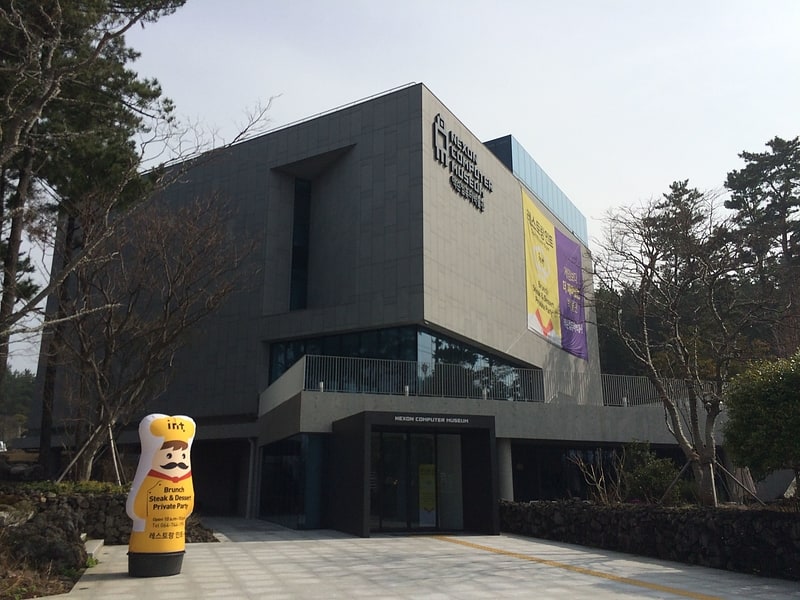
Also known as: 넥슨컴퓨터박물관
Museum in Jeju City, South Korea. The Nexon Computer Museum is a museum on Jeju Island, South Korea. It opened on July 27, 2013. It is known as one of the first permanent museum in Korea that is dedicated for the history of computer and video games. In 2017, the museum houses 6,900 items including personal computers, video game consoles, arcades, and software. The museum's supporters include institutions such as Computerspielemuseum Berlin and International Center for the History of Electronic Games, and IT companies such as Nexon, Softmax, Gamevil, Oculus VR, Thalmic Labs, Take-Two Interactive, Sony Computer Entertainment, etc. The principle of Nexon Co. Ltd.'s museum is to interact and communicate with a range of visitors from across boundaries, by collecting, preserving, researching, exhibiting and educating historic digital artifacts.[1]
Address: 3198-8 1100(Cheonbaek)-ro, Nohyeong-dong, 690-180 Cheju
Jeju National Museum

Also known as: 국립제주박물관
Museum in Jeju City, South Korea. Jeju National Museum is a national museum located in Jeju, South Korea. It opened on June 15, 2001. Construction of the museum began in December 1992 and ended on December 28 2000. The museum primarily focuses on the archaeology and history of Jeju, South Korea. The museum also specializes in Tamna and the maritime culture of Jeju.[2]
Address: 17 Iljudong-ro, Geonip-dong, 690-050 Cheju
Port of Jeju
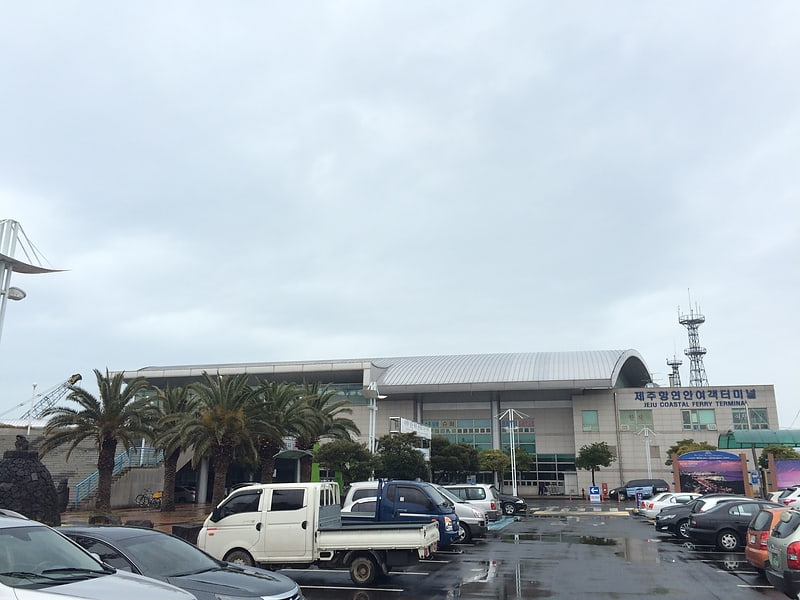
Also known as: 제주항
The Port of Jeju is a port in South Korea, located in the city of Jeju.
The Port of Jeju is used for cruise ships and exports of goods. Jeju island is home to the second biggest airport in South Korea after Incheon. Jeju (also romanized as Cheju) was made into a seaport around 1913 but it has had a long cultural importance. Inside the port there are three holes named Samseonghyeol (Caves of the Three Clans), as stated in legend the three ancestral families (the Samseong-Ko, Pu, and Yang) of Jeju came from to inhabit the island. The name Jeju wasn't used until 1221. Under the reign of King Ui-jong the island was named Tamna-hyeon. From 1105 to 1153 it was called Taman-Gun by order of the Goryeo court. Before the name changes it was known simply as Takna.
The Port held the Hangpaduseong fortress in 1271 during a struggle between rebels versus the Goryeo army and the allied Mongols. The Goryeo army won taking the rebels out after two years. Afterwards in 1273 a military governor was in place for around a hundred years. The system was put in place by Goryeo King Wonjong. With this new centralized government the previous independence of the island was ended. For brief period in 1895 a vice governor was instated by King Gojong. The name of the island was also changed from Jeju-mok to Jeju-bu.
During the early 20th century the Port went through a few changes. By 1910 the county chief system replaced the Moksa system that was fading since 1906. At that time Japan occupied Korea and replaced the county chief system with their Island system. The Port of Jeju received township status in 1931, the only town on island to receive that status. Post World War ll the Port of Jeju regained its independence in 1946. Two years later a rebellion resulted in burning the Port of Jeju provincial administrative building, which was rebuilt in 1952. Three years after, the township was expanded to a city with 40 administrative wards, later reduced to 14 in 1962.
The 1980s brought more changes with new administrative are and a new provincial office building. Jeju was made up of the city port, two counties, seven townships, six districts, and 17 wards. In 1993 a plan for a joint civilian military port was made. The civilian military complex port was opened to the public in 2016 and can house two 150,000 ton ships.[3]
Jeju National University
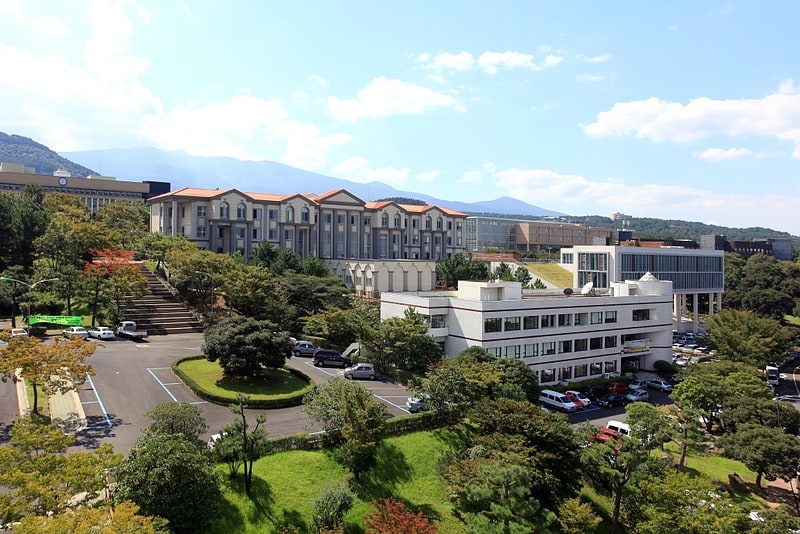
Also known as: 제주대학교
Public university in Jeju City, South Korea. Jeju National University is a public university founded in 1952 in Jeju City, the provincial capital of Jeju, South Korea. In 2008 Cheju National University and the Jeju National University of Education merged into Jeju National University. The Naewat-dang shamanic paintings are preserved there.[4]
Samseonghyeol
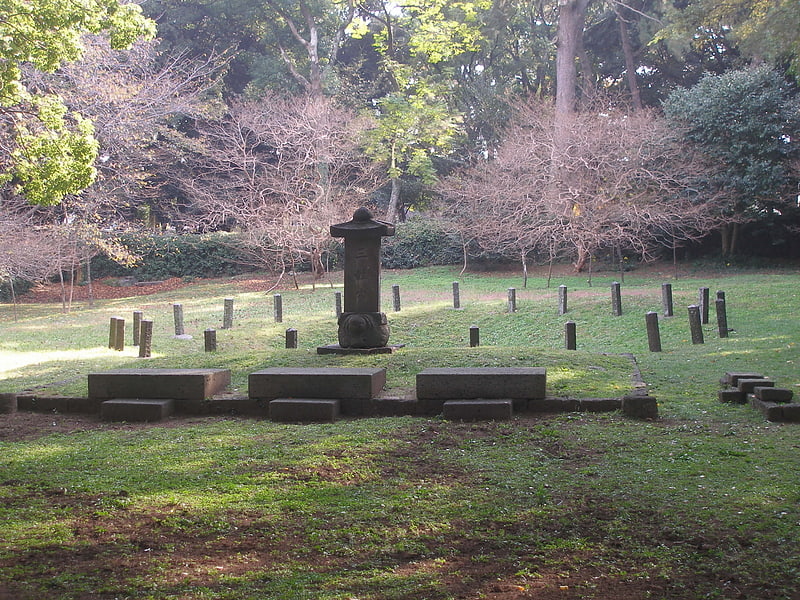
Museum in Jeju City, South Korea. The Samseonghyeol are three large holes in the ground in Jeju City on Jejudo, an island in the Korea Strait. The holes are in the city's urban area on the central north coast.[5]
Yongduam
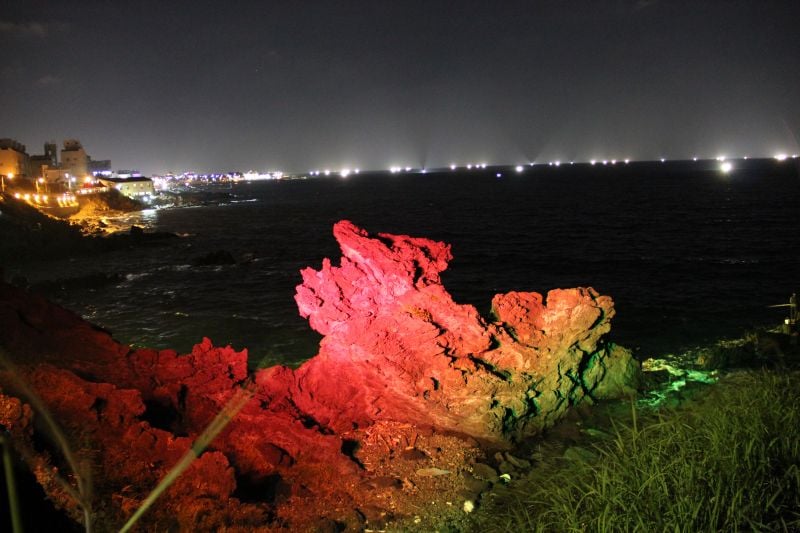
Address: Yongdam 1-dong, Jeju-si, Jeju-do (Yongdam-ro, Jeju-si), Jeju City
Jeju National University Teachers College
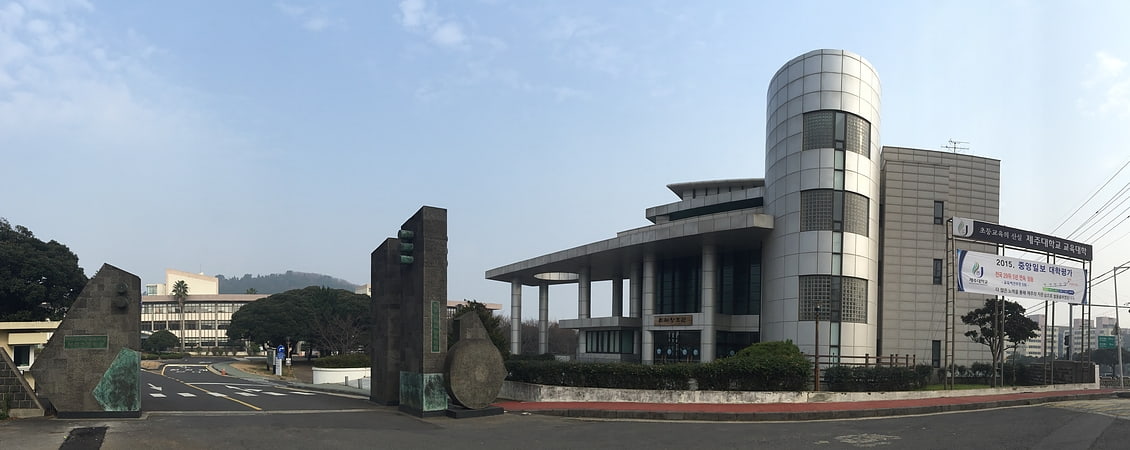
Also known as: 제주대학교 교육대학
University in Jeju City, South Korea. Jeju National University of Education was the only teacher-training university on South Korea's Jeju Island. It was located in the provincial capital, Jeju City. It merged with Cheju National University and its campus is used as Sara Campus of Cheju National University in 2008. Since then, it is being operated as the Teachers College of Cheju National University now.[6]
Teddy Bear Museum
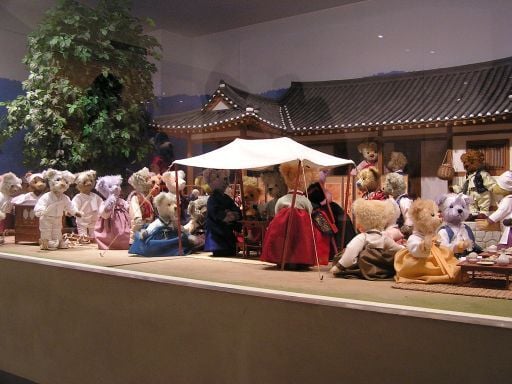
Museum
Address: Jungmun Tourist Complex, 2889 Saekdal-dong, Jeju City